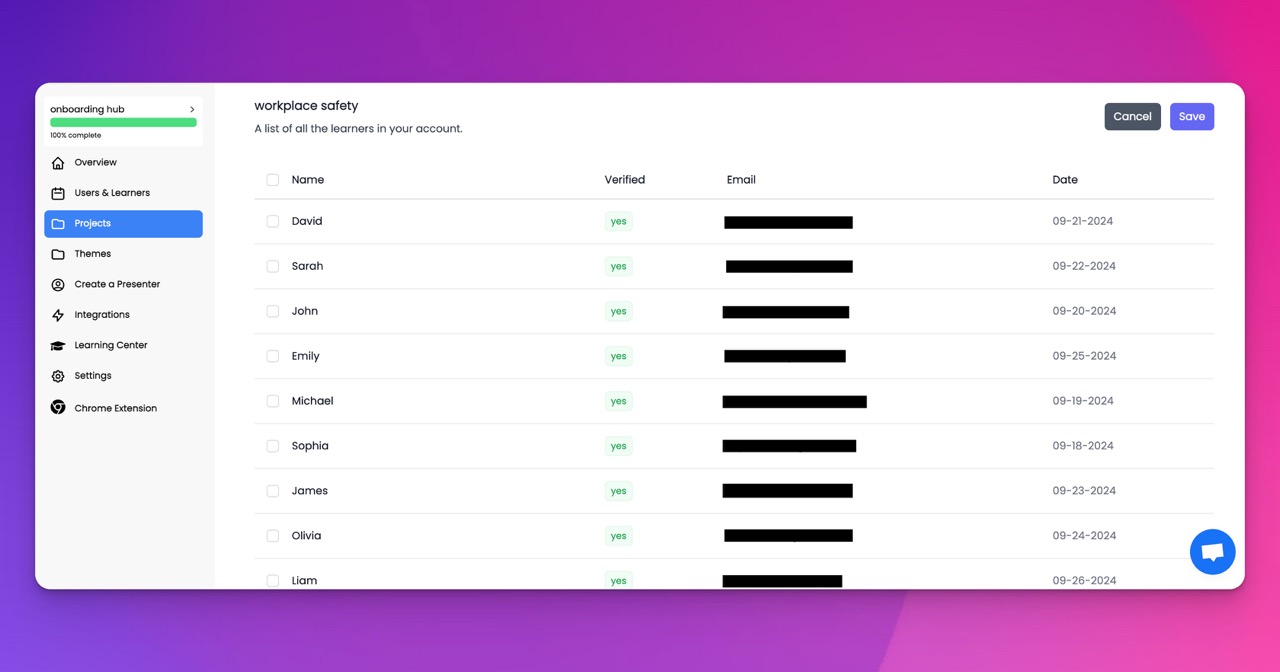🎉 Trainday now integrates with Zendesk and Hubspot 🎉 Trainday now integrates with Zendesk and Hubspot 🎉 Trainday now integrates with Zendesk and Hubspot
🎉 Trainday now integrates with Zendesk and Hubspot
🎉 Trainday now integrates with Zendesk and Hubspot
Contact
Flat Rate Vs Hourly
When it comes to billing for services, there are two main pricing models: flat rate and hourly. Both have their advantages and disadvantages, and the choice of which to use depends on several factors.
Flat rate pricing is a fixed fee for a specific service or project. This model is commonly used for one time jobs such as website design or home repairs. One advantage of flat rate pricing is that clients know exactly what they will be paying upfront, which can help them budget accordingly. Additionally, flat rate pricing incentivizes efficiency, as the service provider will want to complete the project as quickly as possible to maximize their profit.
Hourly pricing is a fee for the time spent on a project or service. This model is commonly used for ongoing work such as consulting or legal services. One advantage of hourly pricing is that it ensures the service provider is paid for every hour worked, even if the project takes longer than expected. Additionally, hourly pricing allows for more flexibility, as the client can adjust the scope of the project without having to renegotiate the entire fee.
Ultimately, the choice between flat rate and hourly pricing depends on the nature of the work and the preferences of the client and service provider. However, regardless of which pricing model is chosen, it is important to clearly communicate the terms and expectations to ensure a successful working relationship.
Accelerate Compliance.
Deliver OSHA-Ready Courses Instantly.
Empower your team with data-driven training solutions tailored to your industry's safety standards. Stay compliant, reduce risks, and boost productivity with AI-powered course creation.
